How Audrey Hepburn Risked Everything To Aid The Dutch Resistance In WWII
Audrey Hepburn is often remembered as a shining star of Hollywood’s golden age with an iconic film career.
But few know that long before her days on the silver screen, Hepburn played a far more dangerous role in history.
During World War II, a young Audrey Hepburn bravely aided the Dutch Resistance while living under Nazi occupation in the Netherlands.
Curious about what she did? Join us to explore the hidden chapter of her remarkable life.
Growing Up Under Nazi Occupation
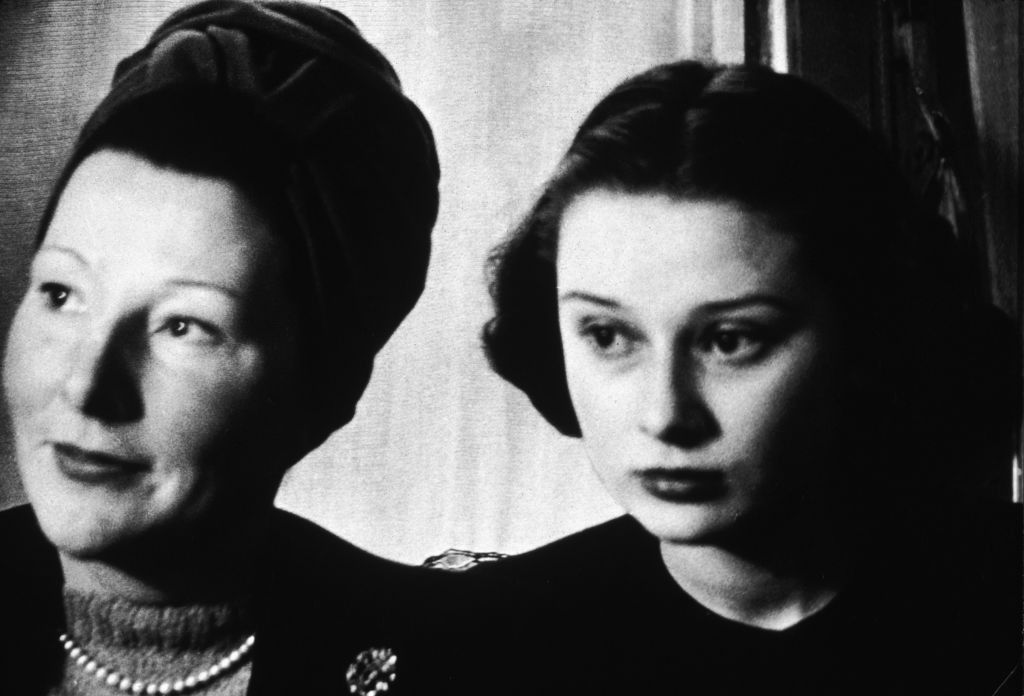
In 1940, when the Germans invaded the Netherlands, Audrey Hepburn was only 10 years old. Born into a noble family with ties to the Dutch aristocracy, Hepburn’s early life had been one of comfort and privilege.
Her mother, Ella van Heemstra, a Dutch baroness, and her father, Joseph Ruston, were initially supporters of the Nazi regime. They even met Adolf Hitler in the mid-1930s, an event that symbolized their early sympathies with fascism.
Joseph later left the family and joined the British Union of Fascists, leaving a young Audrey with her mother.
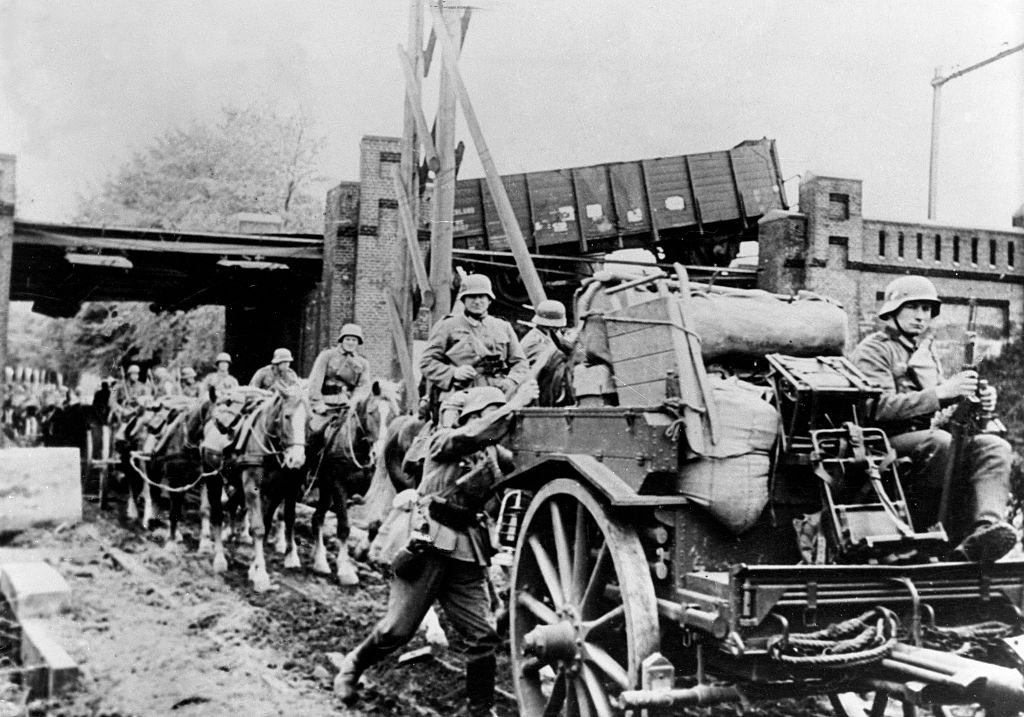
Life under Nazi occupation quickly shattered the illusion of their former lives. The turning point for Ella came in 1942, when her brother-in-law, Otto van Limburg Stirum, was executed by the Nazis as punishment for his involvement with the Dutch Resistance.
His death deeply impacted Ella, causing her to denounce her earlier beliefs and align herself with the Resistance movement.
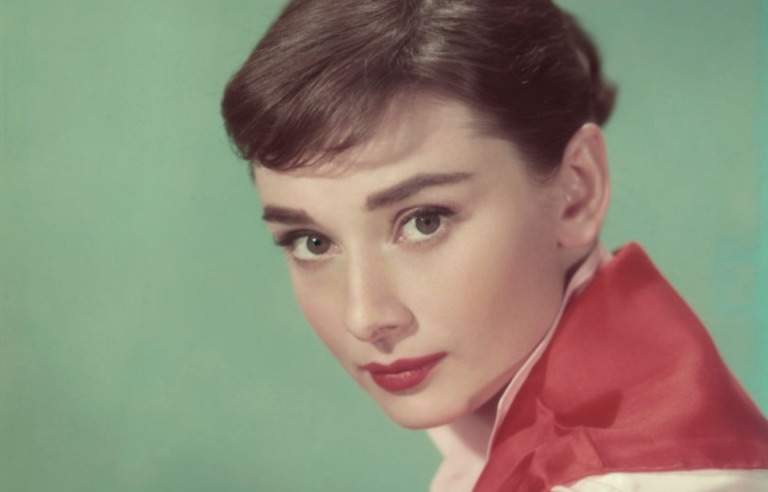
To avoid drawing attention to her English roots, Audrey started using the name “Edda van Heemstra.” Her family also moved away from their past support of fascism.
As the war raged on, Audrey and her mother became committed supporters of the Dutch Resistance.
The Secret Ballerina
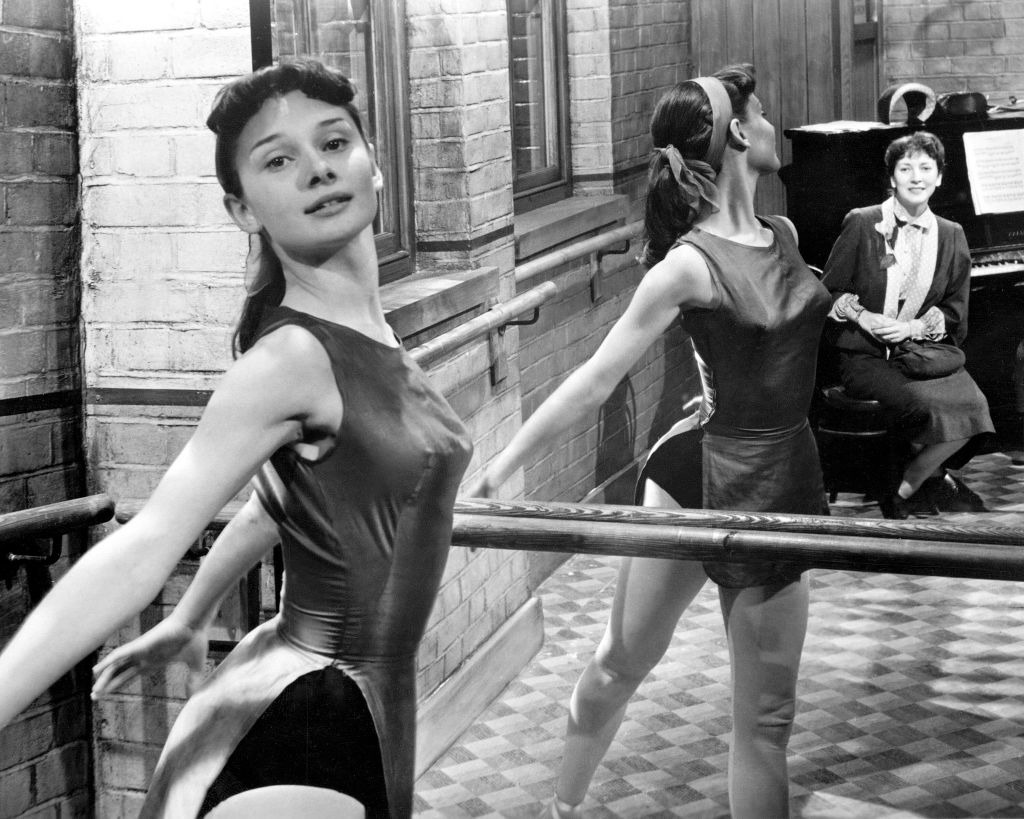
One of Audrey Hepburn’s earliest acts of resistance came through her passion for ballet. As a trained dancer, she performed in secret “black evenings” (zwarte avonden), which were underground concerts designed to raise money for the Dutch Resistance.
These performances took place in darkened homes with blacked-out windows to avoid detection by the Nazis. The funds raised were used to help hide Jewish families and support the underground movement.

Hepburn’s mother, Ella, crafted her costumes, and local musicians played alongside her.
“I did indeed give various underground concerts to raise money for the Dutch Resistance movement,” Hepburn later recalled. These performances were acts of courage and defiance, where even a small mistake could have meant capture or death.
Smuggling Messages and Supplies

In addition to her dance performances, Audrey played a direct role in aiding the Resistance. She was entrusted with smuggling messages and delivering food to downed Allied pilots and resistance members.
Her youth and innocent appearance made her the perfect messenger. According to Hepburn, she would stuff Resistance newspapers in her shoes and ride her bicycle across town, evading Nazi patrols.
In one particularly daring act, she was tasked with delivering food and information to a British pilot hiding near her hometown of Velp.
With German soldiers nearby, Audrey stayed calm, even stopping to pick flowers to appear innocent when they approached. Her quick thinking and bravery helped protect those who depended on her courage.
Surviving the Hunger Winter

The final years of the war were brutal for the Dutch people. During the infamous “Hunger Winter” of 1944-45, Audrey and her family faced starvation as food supplies dwindled.
Hepburn suffered from malnutrition, anemia, and other health issues, which would affect her for years to come.
“We lived on starvation rations,” she later recounted. “For months, breakfast was hot water and one slice of bread, made from brown beans. Broth for lunch was made from one potato and there was no milk, sugar, cereals of any kind.”
Despite her weakened condition, Hepburn continued to help the Resistance in any way she could.
Liberation and the Road to Stardom
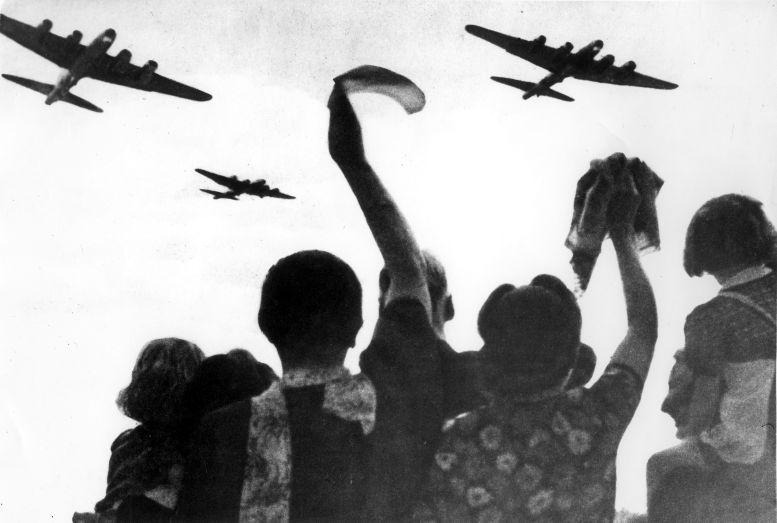
The Allies liberated the Netherlands in 1945, and with the end of the war came new opportunities for Audrey Hepburn.
Audrey Hepburn and her mother moved to Amsterdam, where she studied ballet under renowned teachers Sonia Gaskell and Olga Tarasova.
Her dedication earned her a ballet scholarship in the UK, where she began performing as a chorus girl in West End revues while also improving her vocal skills.

Her hard work led to her being signed as a freelance actor with the Associated British Picture Corporation, marking the start of her acting career.
Soon, Hepburn made the move to the United States, starring in iconic roles in films like Gigi (1951), Roman Holiday (1953), Breakfast at Tiffany’s (1961), and My Fair Lady (1964).
Beyond her successful acting career, Hepburn became deeply involved in humanitarian work, serving as a Goodwill Ambassador for UNICEF. She often mentioned that the aid she received during the Nazi occupation of the Netherlands inspired her commitment to helping others.

